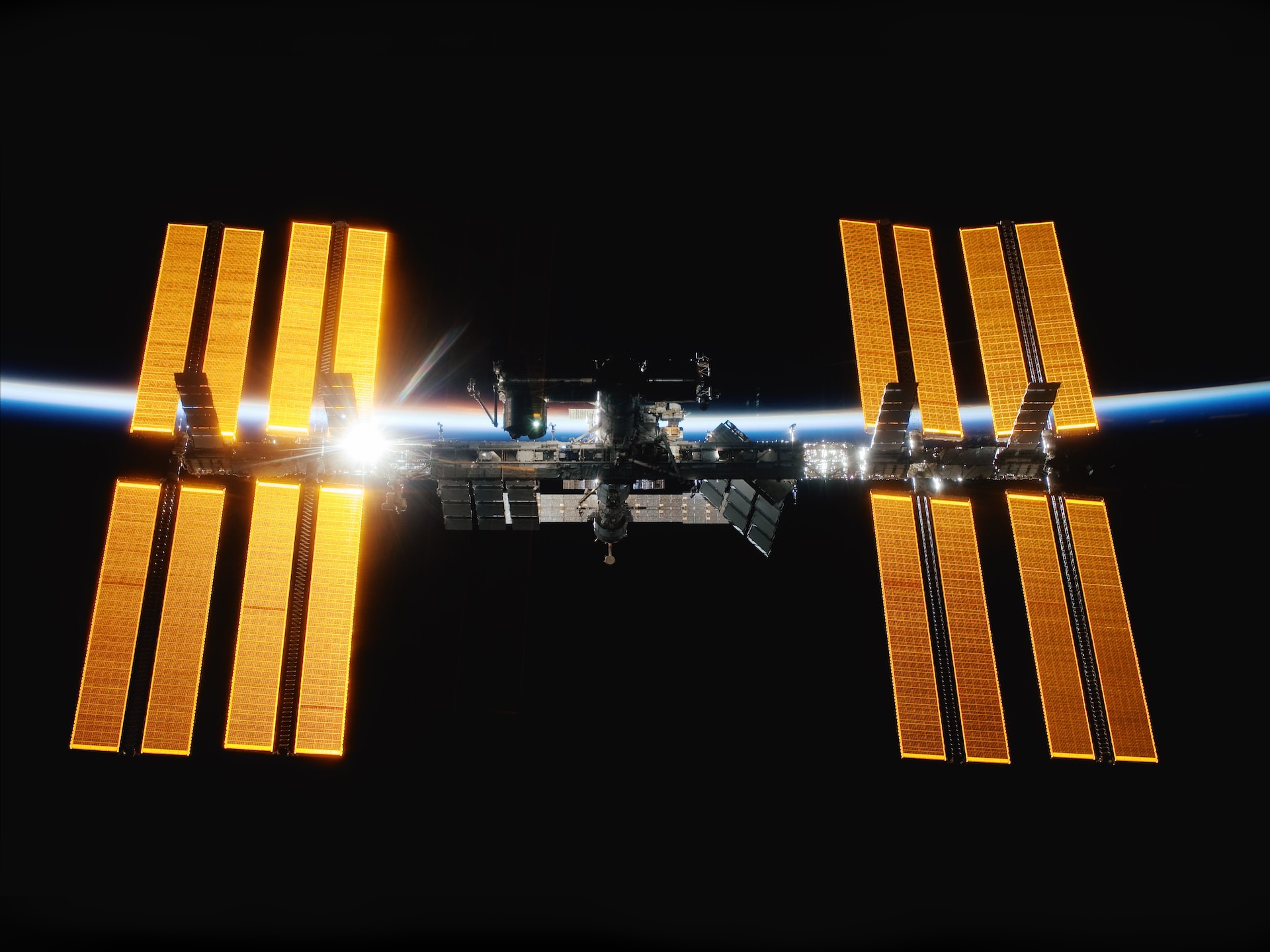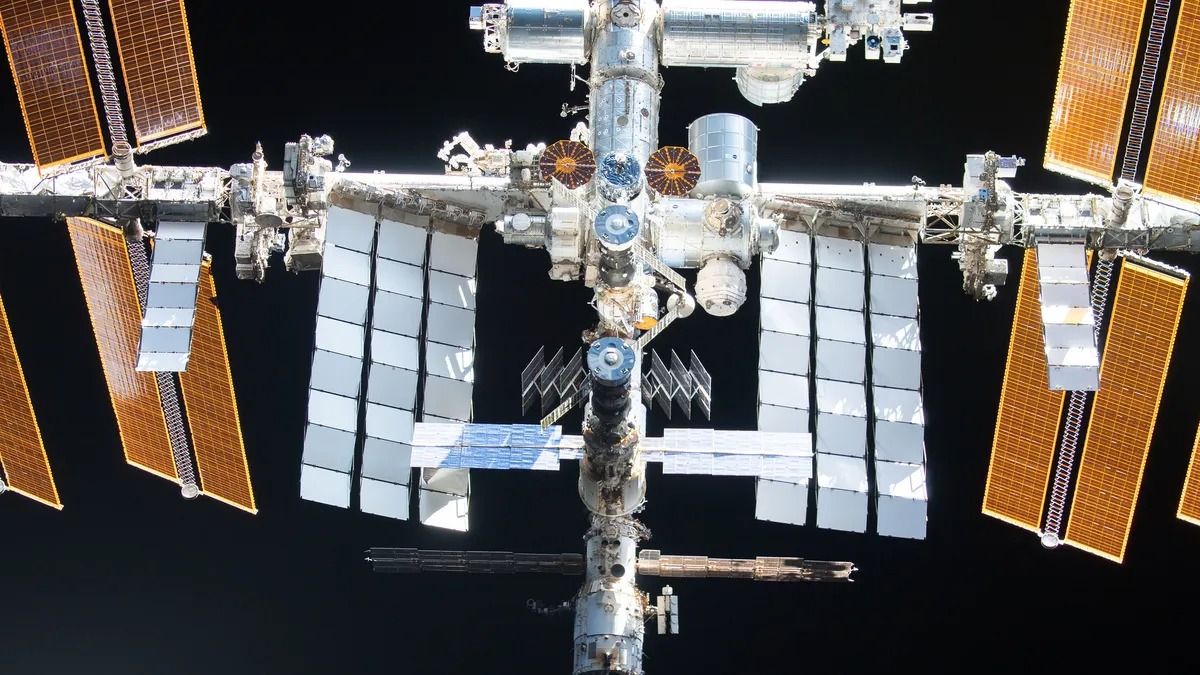The International Space Station (ISS) orbits the Earth at an altitude of about 400 km. Its path covers approximately 90% of the planet’s surface. Because of the huge solar panels reflecting sunlight, it can be seen with the naked eye in the morning or evening when it flies over your area. Its flight can be tracked through a special application. But who owns such a huge and expensive space facility?

According to the NASA headquarters, the maintenance of the ISS costs about USD 3 billion annually. This amount is about a third of the budget allocated for human space flights.
Who owns the ISS?
The ISS is a multinational project that does not belong to any single country. In fact, 15 countries have contributed to its creation. The main partners are NASA, Roscosmos and the European Space Agency. They provide the largest amount of funding. The Japanese Space Research Agency and the Canadian Space Agency also joined the project. The station was visited by more than 250 representatives from 20 different countries. Most of all, 158 people are from the United States; Russia is in second place (54 people). The astronauts’ stay is allocated based on the resources provided by the agencies, including money.

In addition, thanks to the private company Axiom Space, non-state astronauts are actively working on board the orbital complex. Representatives of countries such as the UAE periodically arrive at the ISS.
Past and future of the ISS
The construction of the ISS began in 1998 and was completed in 2011. The implementation of the project, which was initially called Freedom, was complicated by technical and financial difficulties. Despite this, the station began operating in November 2000. Its size grew as various modules were added to it, and now it is comparable in area to a football field. It surpasses the American Skylab by 5 times, and the Russian Mir orbital complex by four times.
According to the planned measures, the ISS was supposed to function until 2024. However, NASA has approved the extension of its operation until 2030. By that time, several private space stations should appear in Earth orbit, the premises of which will then be rented by NASA and ESA. One of the first private outposts will be launched into orbit by SpaceX in 2025.
Earlier we talked about the TOP 5 most promising space stations of the present and future.
According to sciencetimes.com
Follow us on Twitter to get the most interesting space news in time
https://twitter.com/ust_magazine
